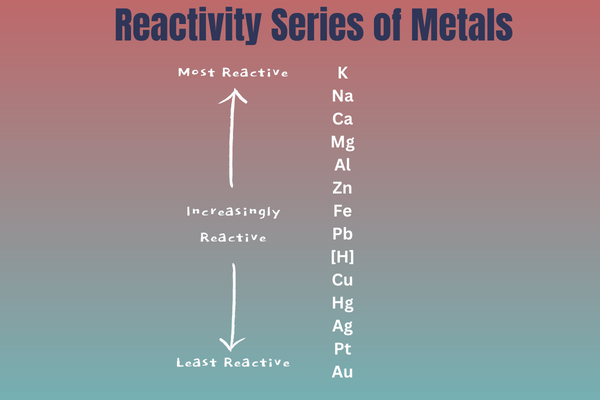The Non-Cooperation Movement (1920–1922), led by Mahatma Gandhi, was one of the earliest mass movements against British colonial rule in India. It aimed to achieve Swaraj (self-rule) through peaceful and non-violent means by boycotting British institutions, goods, and laws. The movement witnessed widespread participation from all sections of Indian society, marking a new era in the Indian freedom struggle.
However, in 1922, when the movement was at its peak, Gandhiji made the unexpected decision to call it off after the Chauri Chaura incident. This decision puzzled many and led to debates among political leaders. So, why did Gandhiji withdraw the Non-Cooperation Movement when it seemed close to achieving its goals? Let’s explore the key reasons behind this historic decision and its impact on India’s freedom struggle.
1. The Chauri Chaura Incident: The Immediate Cause
The Chauri Chaura incident, which took place on February 5, 1922, in the Gorakhpur district of Uttar Pradesh, was the immediate trigger for the withdrawal of the movement.
- During a peaceful protest, the police opened fire on the demonstrators.
- In response, the protesters became violent, attacking and setting fire to the police station, resulting in the death of 22 policemen.
- This violent turn of events deeply shocked Gandhiji, as it went against his core principle of Ahimsa (non-violence).
- Gandhiji believed that the Indian masses were not yet prepared to follow the path of strict non-violence.
- He felt morally responsible and immediately suspended the movement on February 12, 1922.
This incident demonstrated to Gandhiji that violence could undermine the legitimacy of India’s struggle, prompting him to withdraw the Non-Cooperation Movement.
2. Gandhiji’s Commitment to Non-Violence (Ahimsa)
Non-violence (Ahimsa) was the foundation of Gandhiji’s philosophy and his approach to political resistance.
- Gandhiji believed that true freedom could only be achieved through peaceful means, as violence breeds hatred and destroys moral authority.
- The Chauri Chaura violence convinced him that continuing the movement after such an incident would mean compromising his principles.
- Gandhiji famously said,
“Non-violence is the first article of my faith. It is also the last article of my creed.”
- He feared that if violence spread, the British would have an excuse to crush the movement using repressive measures.
Thus, for Gandhiji, withdrawing the movement was essential to preserve the moral integrity of India’s freedom struggle.
3. Fear of the Movement Turning Violent Nationwide
The Chauri Chaura incident was not seen as an isolated event but as a sign of a larger danger.
- Reports suggested that in other parts of India, the protests were also taking a violent turn.
- Gandhiji feared that if the movement continued, it could spiral into mass violence, leading to anarchy and bloodshed.
- He believed that violence would alienate the educated middle class and the international community, weakening India’s moral position against British colonial rule.
Therefore, to prevent further loss of life and maintain discipline, Gandhiji chose to withdraw the Non-Cooperation Movement.
4. Belief in Moral Preparation of the Masses
Gandhiji realized that the Indian masses were not yet ready for the discipline required in a non-violent struggle.
- The incident at Chauri Chaura indicated that common people, especially in the rural areas, lacked understanding of the principles of non-violence.
- Gandhiji believed that freedom achieved through violence would be hollow, as it would lead to a cycle of conflict post-independence.
- He wanted to educate and prepare the masses for future movements, ensuring that non-violence remained central to India’s fight for freedom.
By withdrawing the movement, Gandhiji aimed to prevent long-term harm and prepare India for a more disciplined struggle in the future.
5. Preventing British Repression and Mass Casualties
Gandhiji also understood the British government’s strategy of using violence as a pretext for repression.
- The British colonial administration was known for harsh crackdowns on mass movements that turned violent.
- If the Non-Cooperation Movement had continued in a violent form, it would have given the British authorities a justification for using brutal force, leading to mass casualties.
- By withdrawing the movement, Gandhiji saved countless lives and prevented large-scale repression that could have crippled the freedom struggle.
This shows Gandhiji’s foresight and his concern for the welfare of the Indian people.
6. Political and Strategic Considerations
While the withdrawal disappointed many leaders, Gandhiji’s strategic thinking was clear:
- He wanted to avoid premature confrontations that India was not prepared for.
- The Non-Cooperation Movement had succeeded in uniting Indians across religion, caste, and class. However, Gandhiji believed that further progress required better organization and training in non-violent resistance.
- Withdrawing at the right time preserved the momentum for future movements, such as the Civil Disobedience Movement (1930) and the Quit India Movement (1942).
Thus, Gandhiji’s decision was both ethical and strategic, ensuring that the freedom struggle remained resilient in the long run.
7. Impact of the Withdrawal on the Freedom Struggle
While the withdrawal led to disappointment, especially among the younger revolutionaries, it had significant positive outcomes:
- The movement successfully demonstrated that the British government could be challenged without violence.
- It politically awakened the masses, preparing them for future battles.
- The withdrawal highlighted the importance of discipline, non-violence, and unity, which became the hallmarks of subsequent freedom movements.
Conclusion
Gandhiji withdrew the Non-Cooperation Movement primarily because of the Chauri Chaura incident, where the movement’s non-violent character was compromised. The key reasons behind his decision include:
- The importance of Ahimsa (non-violence) in his philosophy.
- Fear of the movement turning violent and leading to mass repression.
- The realization that the Indian masses were not yet ready for a non-violent struggle.
- The need to prevent British retaliation and save innocent lives.
- Strategic considerations to preserve the movement’s moral integrity for future struggles.
Ultimately, Gandhiji’s withdrawal of the Non-Cooperation Movement reflected his unwavering commitment to truth, non-violence, and the ethical pursuit of freedom. While it was a setback in the short term, it shaped the character of India’s freedom struggle, ensuring that future movements were better organized, disciplined, and morally superior.

Rahul Kumar is a passionate educator, writer, and subject matter expert in the field of education and professional development. As an author on CoursesXpert, Rahul Kumar’s articles cover a wide range of topics, from various courses, educational and career guidance.



